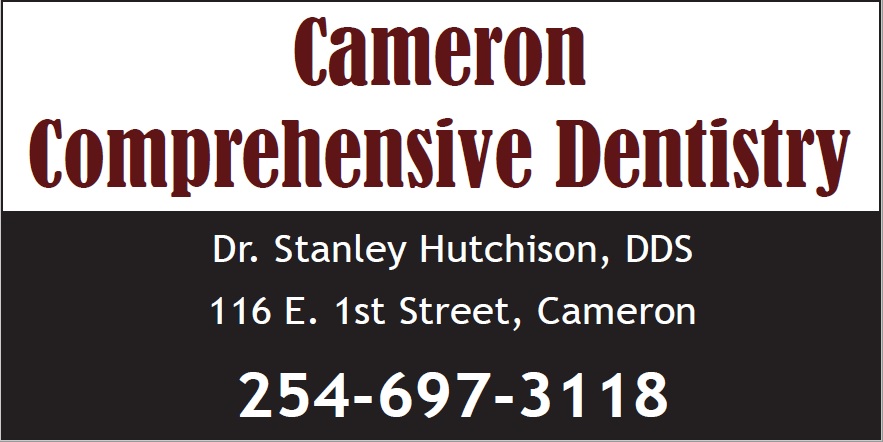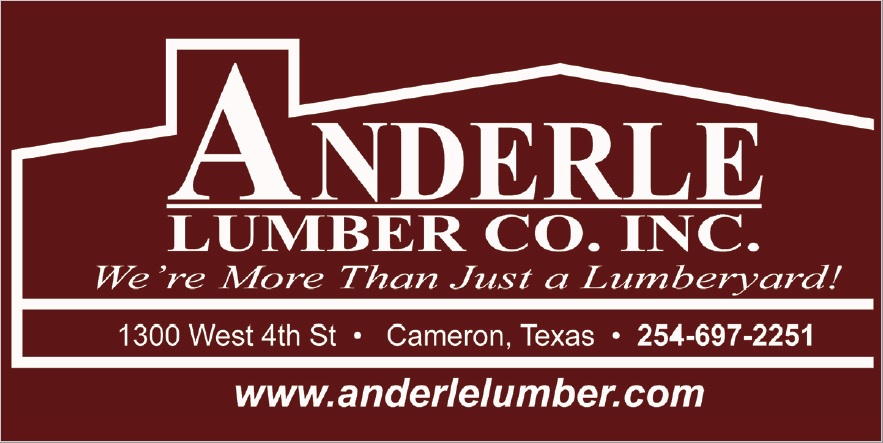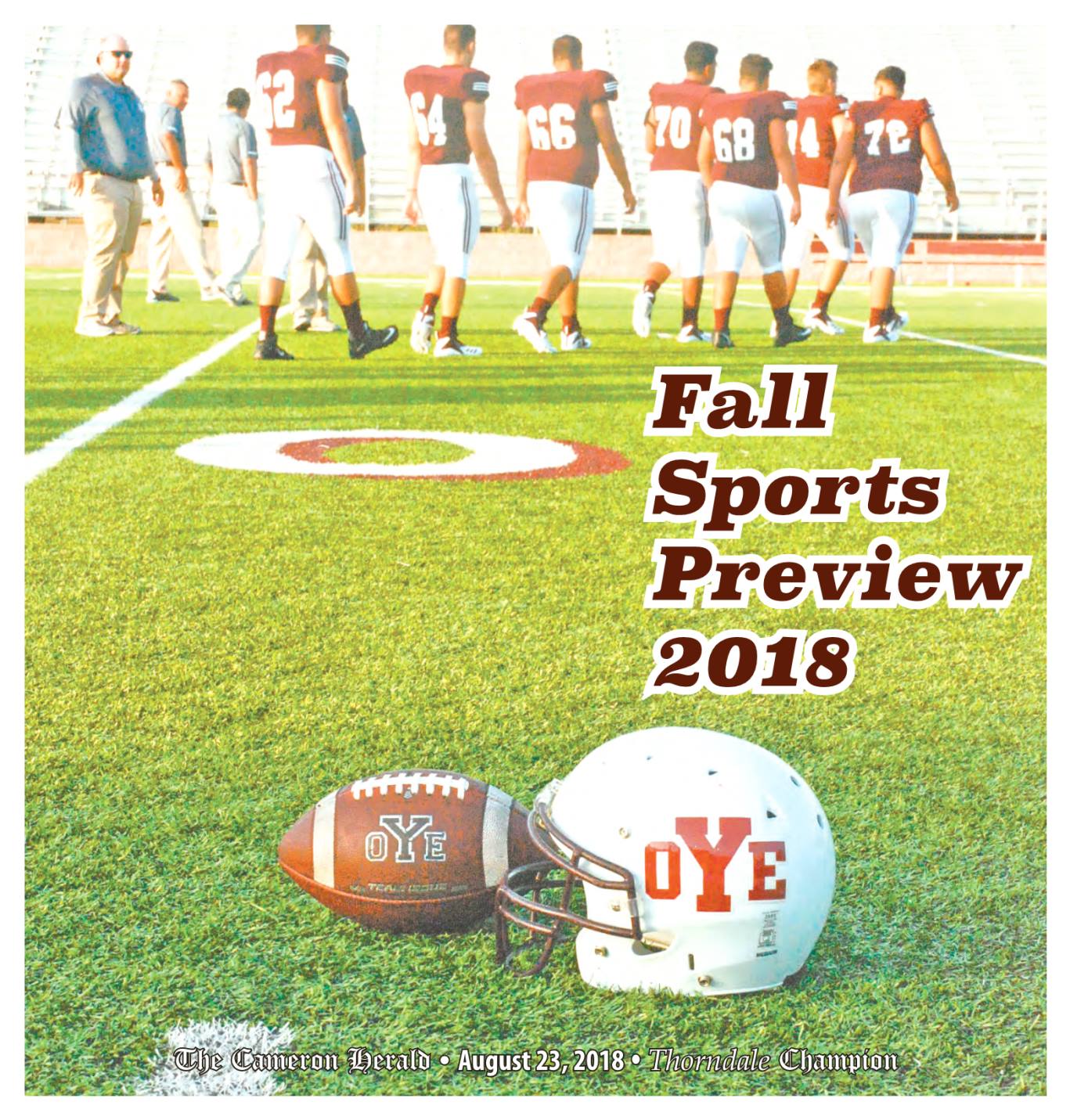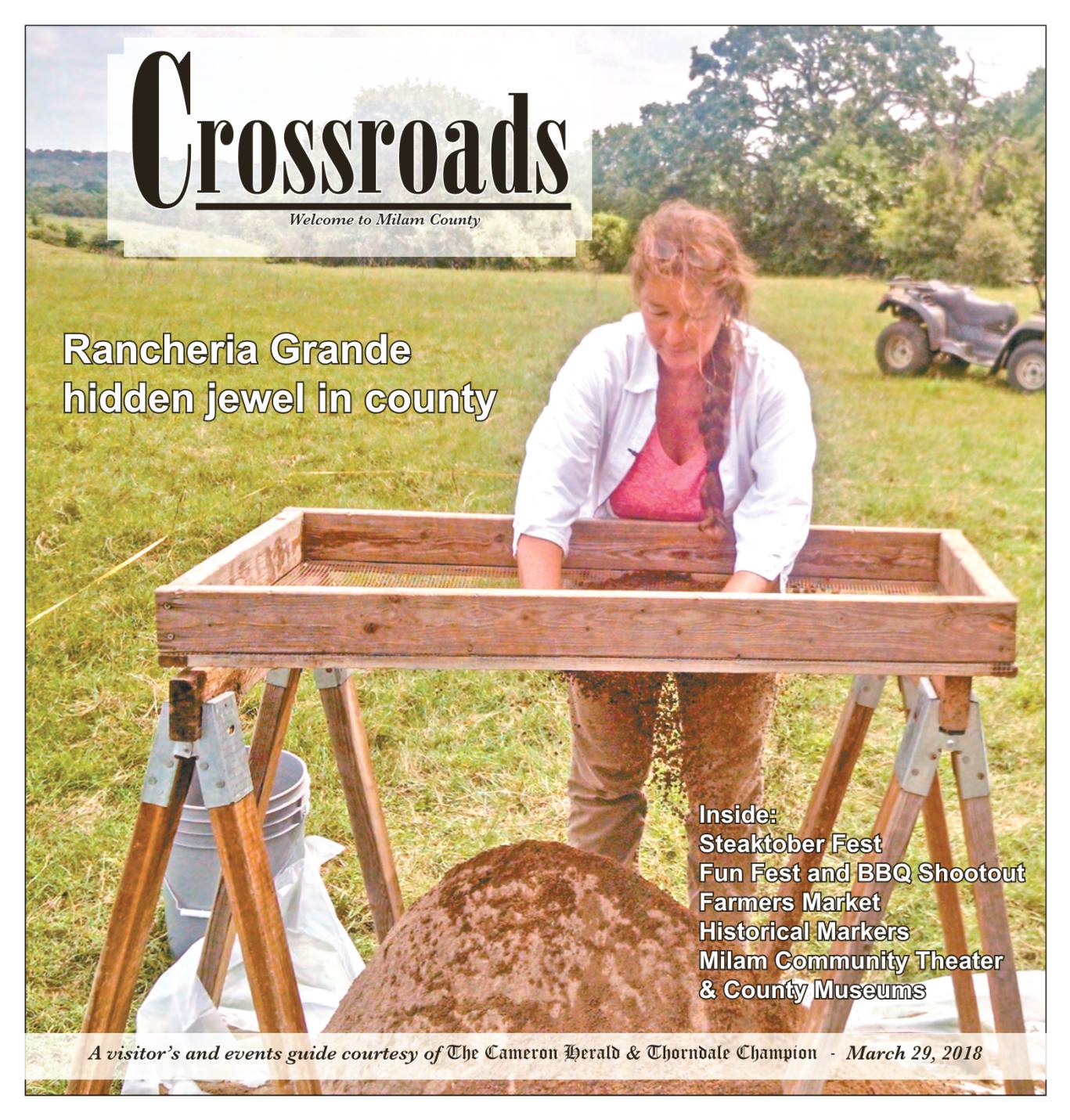Wanna shoot? - My introduction into sports photography

Do you have an interest in taking pictures at sporting events? If your child is active in sports, I know that most would like to have that collage of pictures as they progress and grow. Today, I want give some insight on taking pictures and some simple steps you can follow to help improve your pictures, regardless of the equipment you may be using.
How I began
I myself have only been taking sports pictures for a short time. I picked up and shot with my first DSLR camera back in 2015 when I first started working with the paper full-time. I had no prior knowledge of taking pictures, but knew it was an essential part of my job as a small town sport editor.
I had used the camera that was purchased by the paper, and essentially looked at several Youtube videos to help guide me through the picture-taking process.
Once I had gained enough knowledge, I went out and purchased my first personal camera - the Nikon D3300. Nikon has since come out with the 3400, and that is the perfect camera that I would recommend to anyone looking to start out. Whatever you do, don’t rely on your cell phone for action photos. It’s simply not going to get the job done.
You can pick up the camera, two lenses (short and long range), bag and memory card for about $500.
I used that camera for approximately a year before I took a major step forward by purchasing the Nikon D500, which cost about $2,000 at the time. The D500 is regarded as one of the top sports cameras in the world.
Begin small
If you are just beginning, I would strongly recommend you go with an entry level camera, whether that be a Canon or Nikon. I personally use Nikon, but I do know that Canon produces top quality products.
A D3400 is a very powerful camera and can do what most people are needing it to do. If you own a camera such as this, I would recommend you begin in “auto” mode and learn how to actually use the camera. The camera essentially sets everything up for you, and you will just need to focus and press to shutter button to take pictures.
Shutter, ISO, Aperture
These are the three keys you must know about your camera to get out of auto mode and into the more professional manual mode. In manual mode, you are controlling all of the settings and telling the camera what to do. I generally never leave manual mode when I’m shooting sports.
The shutter determines how bright your picture is going to be and how quick you are going to freeze action. A low shutter speed, such as 1/50 of a second, would be used for still portraits, while a shutter speed of 1/800 or 1/1000 of a second would be used to capture high moving action, such as football, basketball or baseball.
The ISO also controls the brightness of the photo, and is the setting I generally adjust the most when I’m taking pictures, particularly when lighting is ever-changing. If you are outdoors with bright light during the day, you can generally set your ISO to 100, which is very low. However, if you are in a poorly lit gym, then you will need to crank up your ISO to around 3200 or 6400. This is where the quality of the camera begins to have a big impact. An entry level camera is going to struggle to produce quality, high-moving action indoors, while a camera such as the D500 is able to still maintain exceptional quality at those higher ISO levels. Good lighting makes things so much easier.
Another key is aperture. The aperture is the hole inside a camera lens that allows light in. For sports, I generally try to keep my aperture as low as possible (2.8) because that allows me to keep my ISO low and my shutter speed high. Aperture also has an impact on your depth of field, and whether your background is in focus or not in focus. This plays a larger role in portrait photography.
You must have good glass
The camera is just part of the equation, and to some not the most important key. A good lens makes all the difference when taking pictures. When I decided to buy my D500 camera, I knew that I had a quality lens available to me with the Nikon 80-200 2.8 lens at the paper. This lens today, even though several years old, is still considered to be very strong in its capabilities. Had that not been available to me, I would have more than likely purchased a lens before the new camera. If you want more information on lenses, simply do a Google search for top quality lenses. Once again, your kit lenses are going to be good enough until you are ready to take a step forward.
As good as that lens is, it’s still a bit slow for sports photography. My next purchase will be a new 70-200 2.8 lens that matches the level of the camera.
Edit you photos
One final point I want to make it that you are going to want to edit your photos in post-processing. When you are in auto mode, I would suggest taking your pictures in the .jpeg format and then at some point switch over the .RAW format once you are ready to make changes. You simply lose too much data when you are shooting in .jpeg and it’s not worth trying to edit.
For editing, I highly recommend Adobe Lightroom. You can also use Adobe Photoshop if you are looking to get more in depth, but that will be for professional photographers.
In Lightroom, you can change the exposure (brightness), adjust the color temperature and adjust
highlights and shadows. I never post or send in pictures for publishing without first editing them. It is a fairly easy software to use with multiple free tutorials available online.
If you are wanting to check out some of the pictures I take throughout the year, search for “Yoemen Sports Network” on Facebook or you can find pictures at YoemenSportsNetwork.com.
You can also message me questions on that Facebook page or email at Josh@cameronherald.com.














